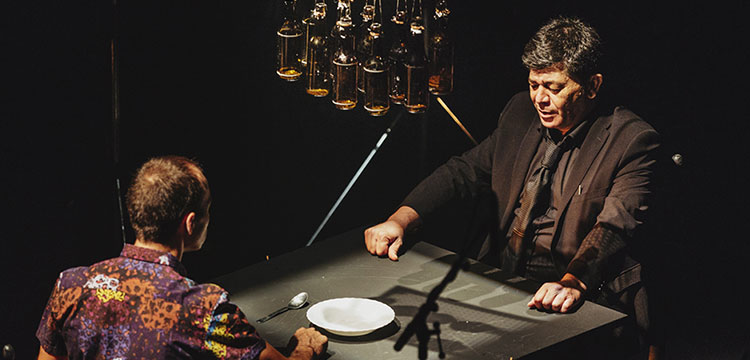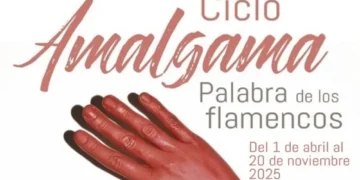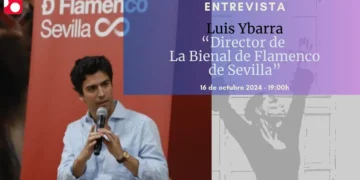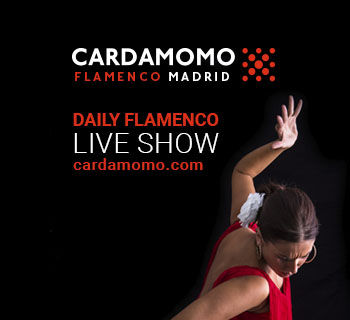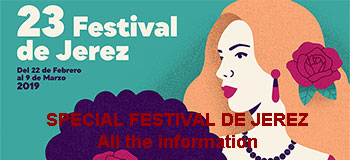Voice: Tomás de Perrate. Guitar: Alfredo Lagos. Sax: Juan M. Jiménez (Proyecto Lorca). Percussion: Antonio Moreno (Proyecto Lorca). Guest artists. Guitar: Paco de Amparo and Raúl Fernández ‘Refree’. Vocal: Inés Bacán. Teatro Central. September 19th, 2018. Nearly full.
Sara Arguijo
Tomás de Perrate is a special sort of singer. Original, versatile, creative and brave. His generous rough-hewn voice offers a fascinating tour from the cave to the jazz club and from there, to a hipster or a gathering of true flamenco followers. From Morón to New Orleans, passing through Mississippi, capital of Lebrija, Virginia and Colorado, country of Utrera. As if in his throat were to be found all the music of margination. As if his singing were born from the suburbs of the soul, being a cry and a prayer. From his father, Perrate, or B. B. King, from Armstrong or Chocolate, from Goyeneche or Miguel Funi, from Jim Reeves or Serneta. Underground flamenco.
Which is why, far from being crazy or incongruent, the show Soleá Sola, which debuted Wednesday at the Bienal, along with musicians Proyecto Lorca, Alfredo Lagos and the guest guitars of Paco de Amparo and Raúl Refree, sounded with perfect logic. Because Tomás manages to get tradition on the train without conflict.
The sax and the percussion of Juan M. Jiménez and Antonio Moreno (magnificent throughout the entire show), laid the path for Tomás de Perrate to take a new direction, always from the depth of his flamenco spirit. And Alfredo Lagos was the perfect escort who not only accompanied Tomás, but added his art, sought further, created and placed it in another dimension with his guitar.
True enough that within the extensive repertoire there were some moments that were better than others, and collaborations more or less necessary. In fact, despite what you might think, the nana of Inés Bacán didn’t quite come together, and Refree’s accompaniment was completely superfluous and unnecessary in siguiriyas, although his work on the electric guitar was interesting in the toná Tormenta.
Without a doubt, the concert began to grow in the second part in which we were carried away with the impressive soleá that provides the title of the work, and which Perrate was accompanied with excellent knuckle percussion, plate and spoon of the interesting Antonio Moreno. We would say that for now, this is “the” soleá of this Bienal de Flamenco. Also noteworthy were the bulerías La Base de Morón, in which he evoked the duo his father made with Diego del Gastor, along with the inspiring melancholic guitar of Paco de Amparo, and the round of tangos, first Argentine and then Greek, recuperated from previous projects. In addition to the closing piece with the amusing chaconne Boa Doña.



